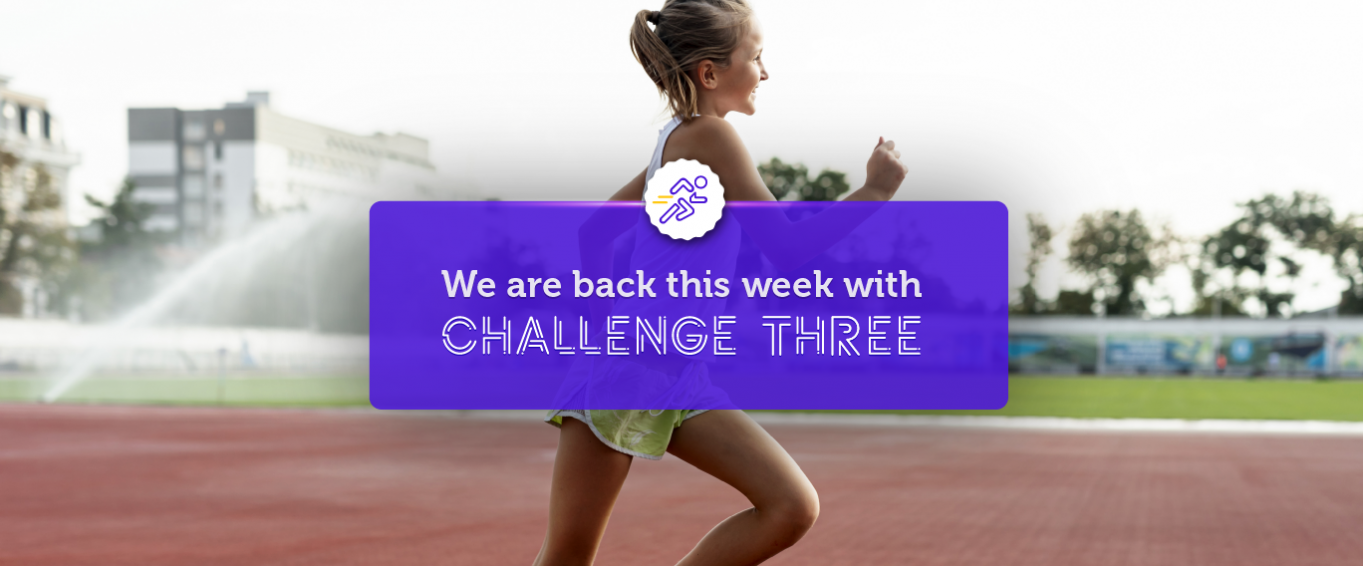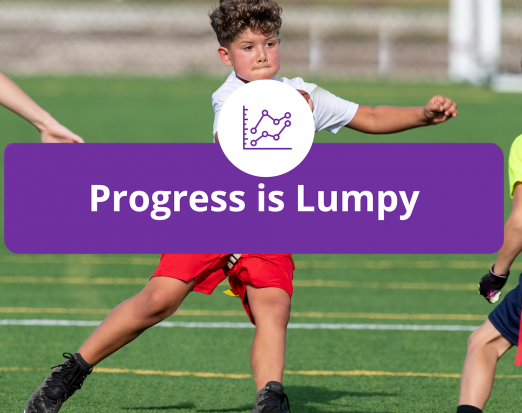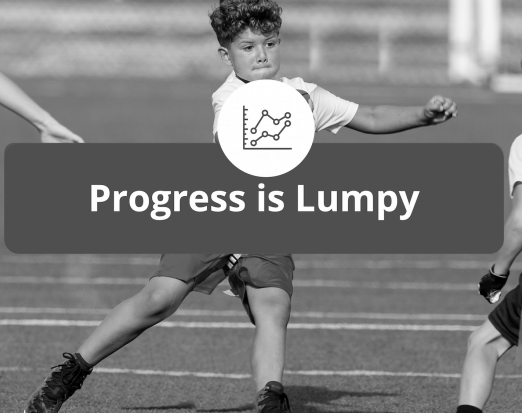PRE-SEASON AT HOME - CHALLENGE 3 DEVELOPING SPEED

We hope that you are enjoying Pre-Season at home and the Young Champions Programme. Week 3 is all about Speed.
During Challenge week 1, you should have already tested your Speed during the 20m sprint challenge. Remember the plan for the summer is to progress on each of the elements that we tested: Speed, Agility, Strength and Power (not forgetting the skill challenge from last week). This week, we are going to give you some helpful information on what Speed is, why you need it and most importantly of all, how to develop it.
What is Speed?
Simply put, Speed is a measure of how fast somebody (or something) is moving.
Speed is usually measured in either meters per second (m/s), miles per hour (mph) or kilometres per hour (km/h).
During the initial speed test from Week 1 (see below), the 20m sprint test we are measuring the amount of time taken to run 20m. The lower the time, the faster you are. If you would really like to know how fast you run, we use the following formula:
Speed = Distance (20m) / Time Taken to Complete
Who Needs Speed?
Speed is critical for success in many sports, obviously, those that participate in race sports such as swimming, cycling and sprinting rely on Speed more than most, however there are lots of other sports that also require Speed if the athletes are to be successful.
Athletes that participate in Court Sports, such as badminton, tennis and squash, also rely on Speed to allow them to cover the distances on the court to be able to play the next shot.
Invasion Sports such as Football, Rugby, Basketball and Netball also require speed to ensure that success can be found. Being able to beat opposition players to the ball, to dribble past to recover defensively or to launch counter attacks all require speed. Although there are many professional athletes that may not be the quickest in these sports, if you consider the very best such as Messi and Ronaldo (Football), Johnny May (Rubgy), LeBron James (Basketball) and Laura Langman (Netball), they can all cover the ground, quickly.
Combat sports, such as boxing also require Speed to ensure that athletes can move in and out of the range of their opponents, to launch attacks and maintain safety, whereas Sports such as Cricket and Baseball, require Speed when fielding and making runs.
It really is a very important part of most sports, especially if you would like to be successful.
Are all types of Speed the same?
You may have guessed the answer to this question already! Although the basic concept of Speed always remains the same (how fast something or someone moves), there are different types of speed.
- Acceleration Speed: This is a constant change of speed, and very important for sports such as Football, think about Ronaldo, bursting past a player. Acceleration Speed considers how quickly you can move from a standing start, it is important to note that maximal speed may not always be reached in these sports all the time.
- Maximal Speed: This is the maximum speed that an athlete can reach, and sustain. This normally happens 3-5 seconds after a stationary start. (Really important for Sprinters – Think Usain Bolt in the 100m!)
- Speed Endurance: This is the ability to maintain speed over longer distances for a sustained period of time (usually over 5 seconds) or to start sprinting again, even though you may not have recovered from an earlier sprint. Consider the efforts of a 400m runner, or a Basketballer that sprints to join in an offensive play, then sprinting again a few seconds later to help defence.
- Change-of-Direction Speed: This is crucial in most team sports along with most racket sports. This is usually a combination of agility and acceleration speed, so we will look further into this, next week.
How to get FASTER?
The Young Champions app, will provide you with a range of activities that are specifically developed to enhance your speed, however, this will not happen overnight, just like I mentioned in the blog last week, it takes practice and perseverance. Every athlete will be different and will develop at different rates, however, if you follow the guidance below, we are certain it will help improve the speed of any athlete, regardless of your experience, age or gender.
Be Well Rested: Tired, sore muscles find it very difficult to adapt to speed training. Ensure that you are fully rested and are not feeling the effects of previous training or competition (We will be looking at rest and recovery in a few weeks).
Sprinting is a Skill: Last week, we focused on skill acquisition, and it is important to recognise, that sprint technique is a skill. Practice this regularly, time yourselves and reflect on your performance. You may need to consider improving on your sprint technique. Many athletes and coaches consider the following points to be effective sprint technique:
- Hold your torso straight and vertical
- Hold your head still, but relax your face and neck
- Bend at your elbows
- Pretend you are lightly gripping a small bird in each hand
- Pump your arms so your hands travel from “hip to lip”, and keep your arms close to your sides, keeping your shoulders steady
- With each stride, lift your front knee high (“knee drive”) and straighten your back leg completely to deliver full power
Warm Up Properly: Warm ups should include light movements that encourage the body to increase in temperature, by raising the heart rate and breathing rate steadily, before raising the intensity further until close to the intensity that you are about to work at.
Recover During the Session: If you are doing repeated sets, or sprints, allow enough recovery time in between to ensure that the training you are doing is of a high-quality standard. As a general rule, there is usually a 1:4 – 1:6 work to rest ratio. E.g. If you are working for 5 seconds, a 20-30second rest is required before the next 5 seconds of work. If you are working on Sprint Endurance, less rest or longer intervals can be used.
Include other Training Elements: To develop speed, research suggests that you should also train Strength and Power. We will look into this further over the next few weeks, but they will support your speed development.
Following the rules above, there is a 6-phase progressive model that is used by competitive athletes for developing Speed all over the world:
- Basic Training
- Strength and Power
- Plyometric Training
- Sprinting Form and Speed Endurance
- Sport Specific Training
- Overspeed Training
This is where we come in, this is the basis of Young Champions. Remember, Young Champions is free until the end of the summer, and is developed by Sports Coaches, Sports Scientists and Movements Specialists. If your child wants to be faster to support their sports performance, we really can help.
Sign Up for Free Here
So… CHALLENGE 3
We have included one of our favourite activities from Young Champions below, this is a great activity to help you improve your speed, it also includes elements of all four types of speed discussed earlier. Challenge 3 is to watch the following video, then record yourself attempting the activity and send it to us, the best examples may feature on our socials next week.
Remember the main challenge this summer is to try to progress and show improvement if possible by the end of the six weeks, this activity will help you on your way.
Good luck, and happy training.





